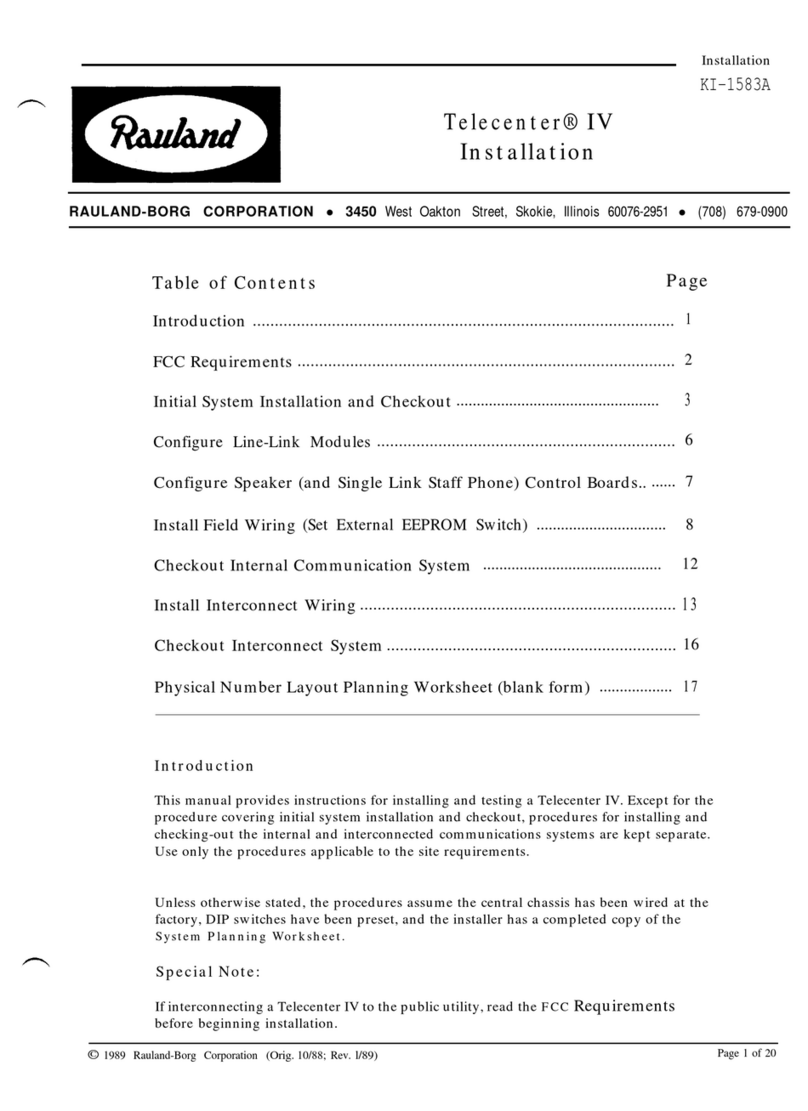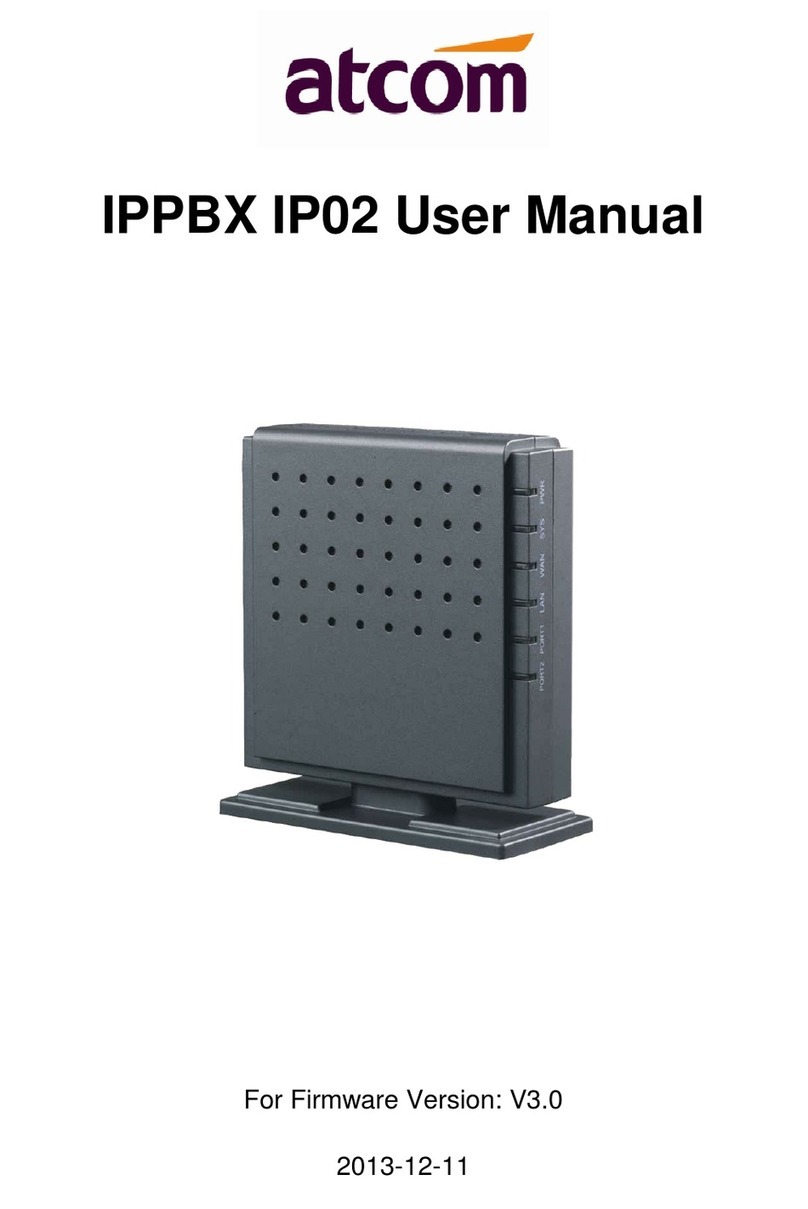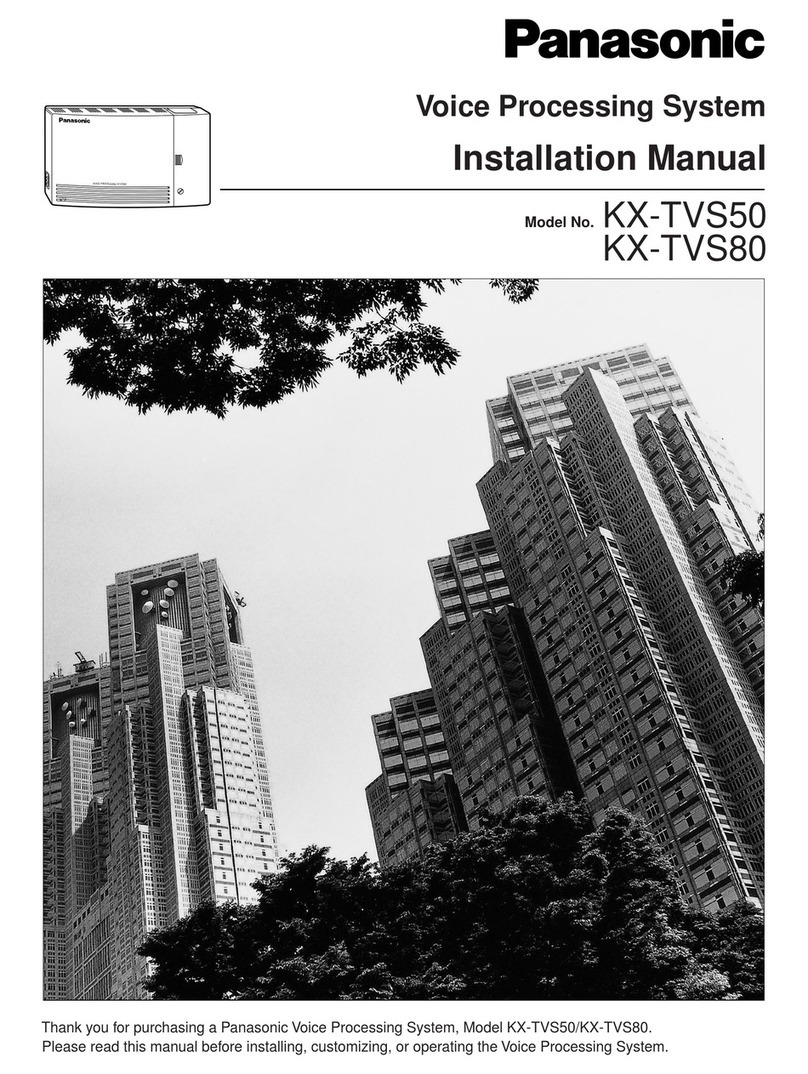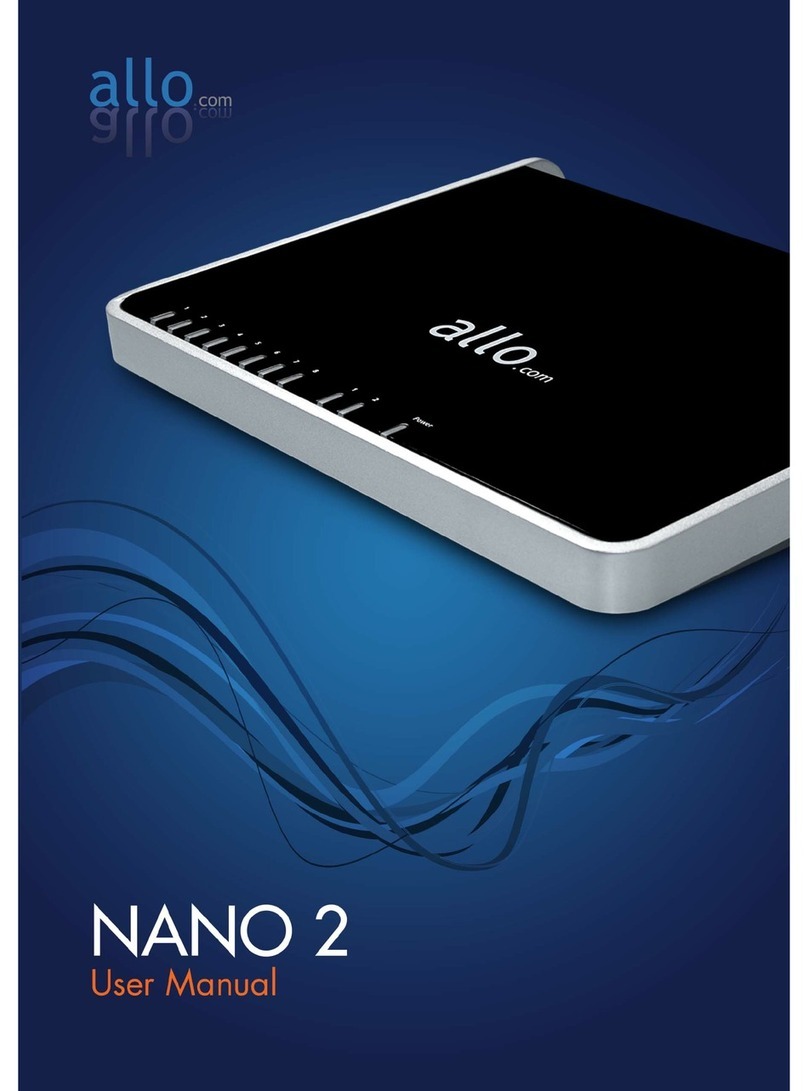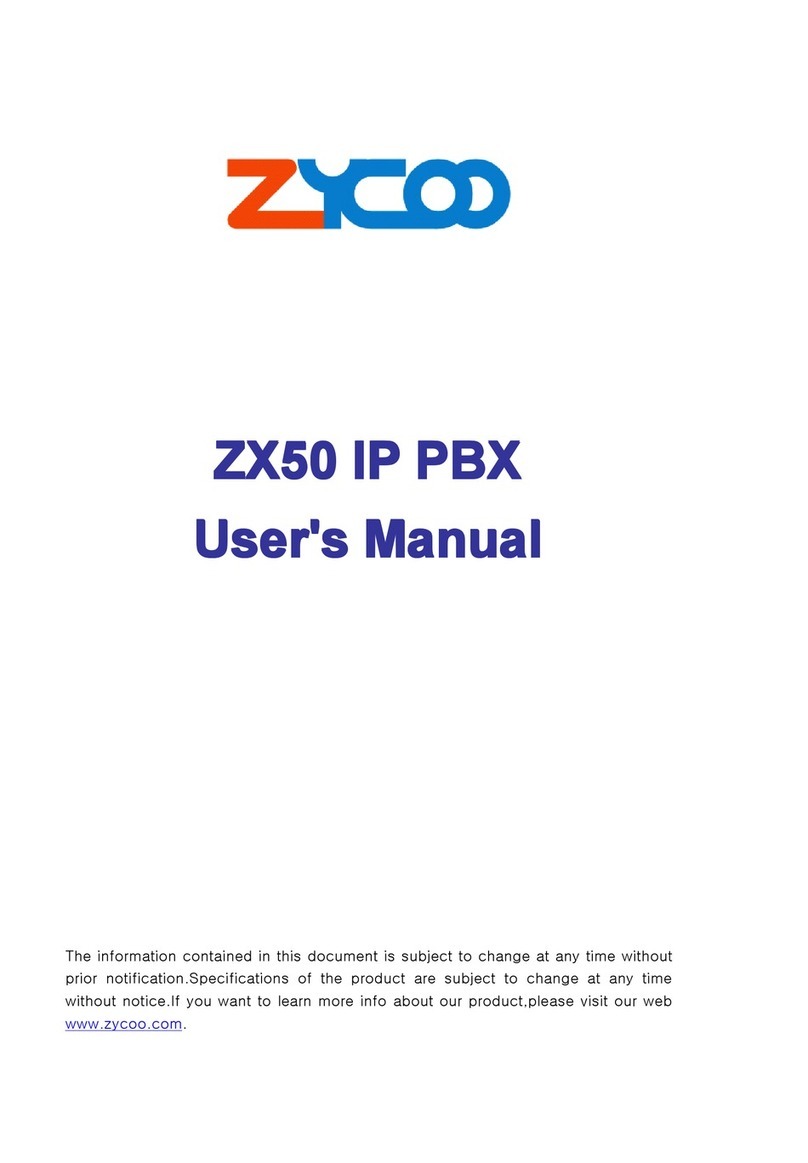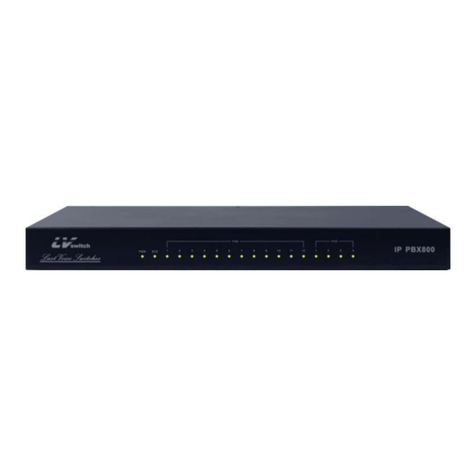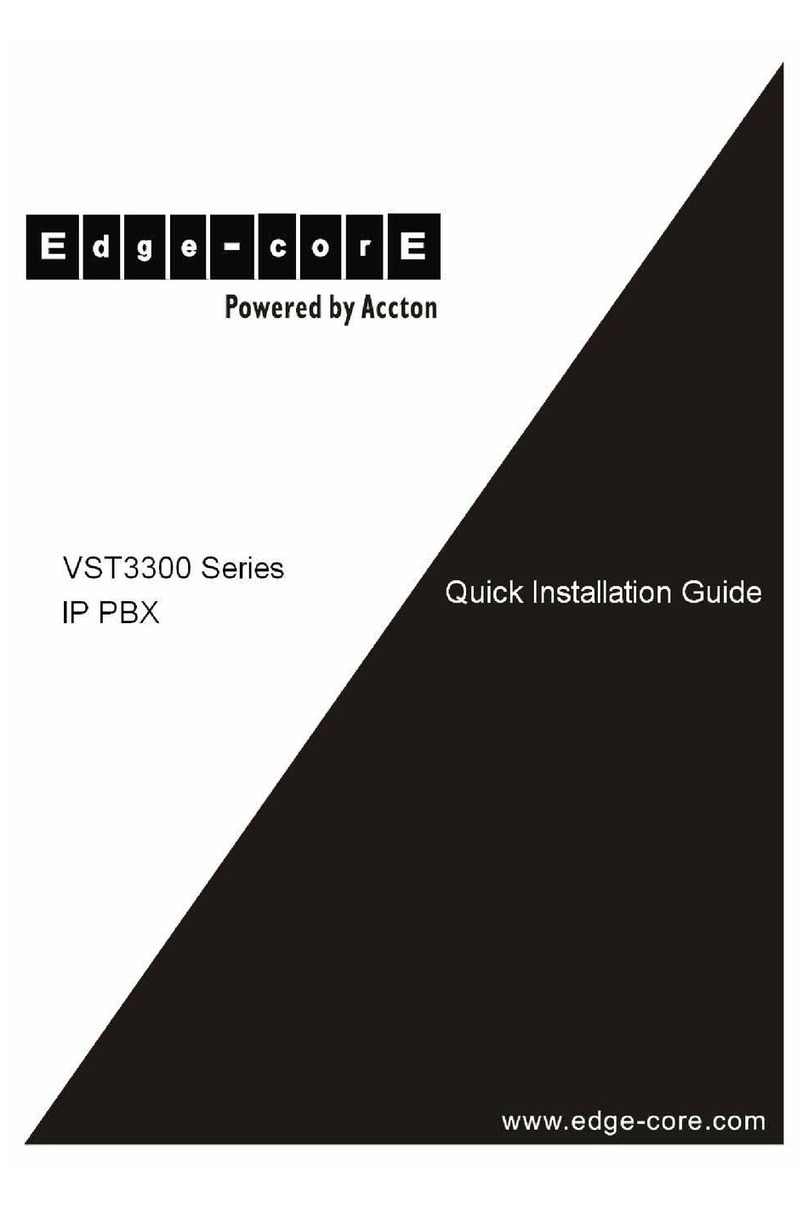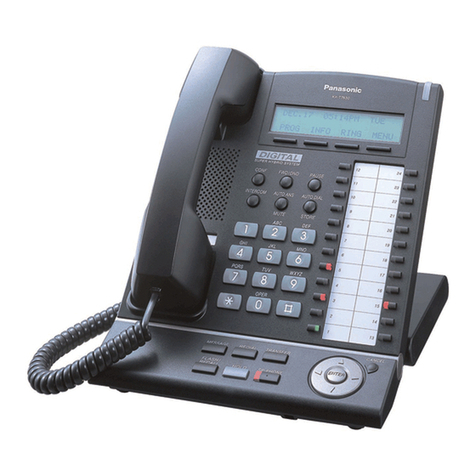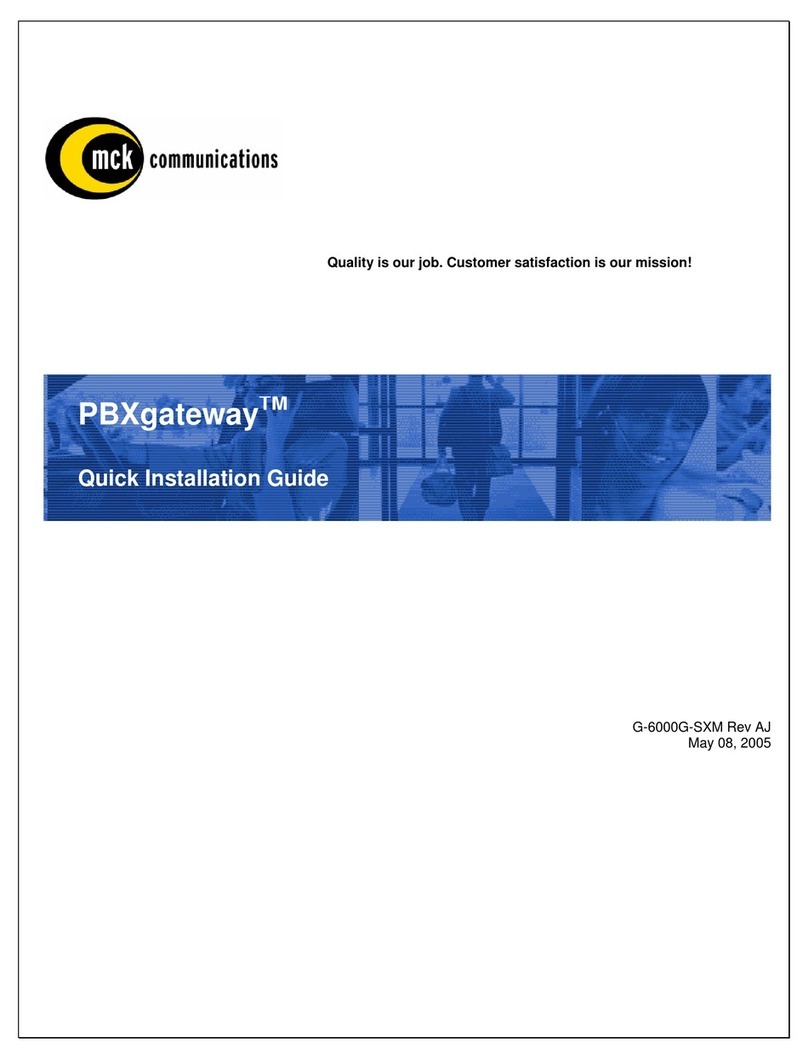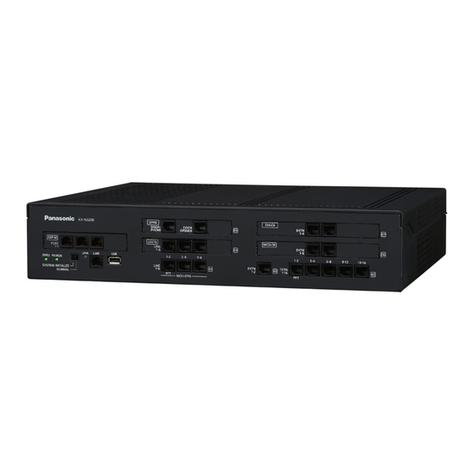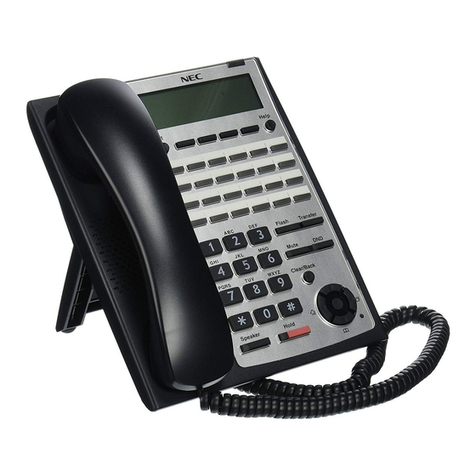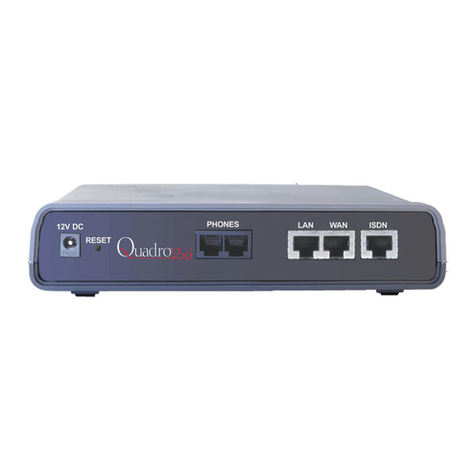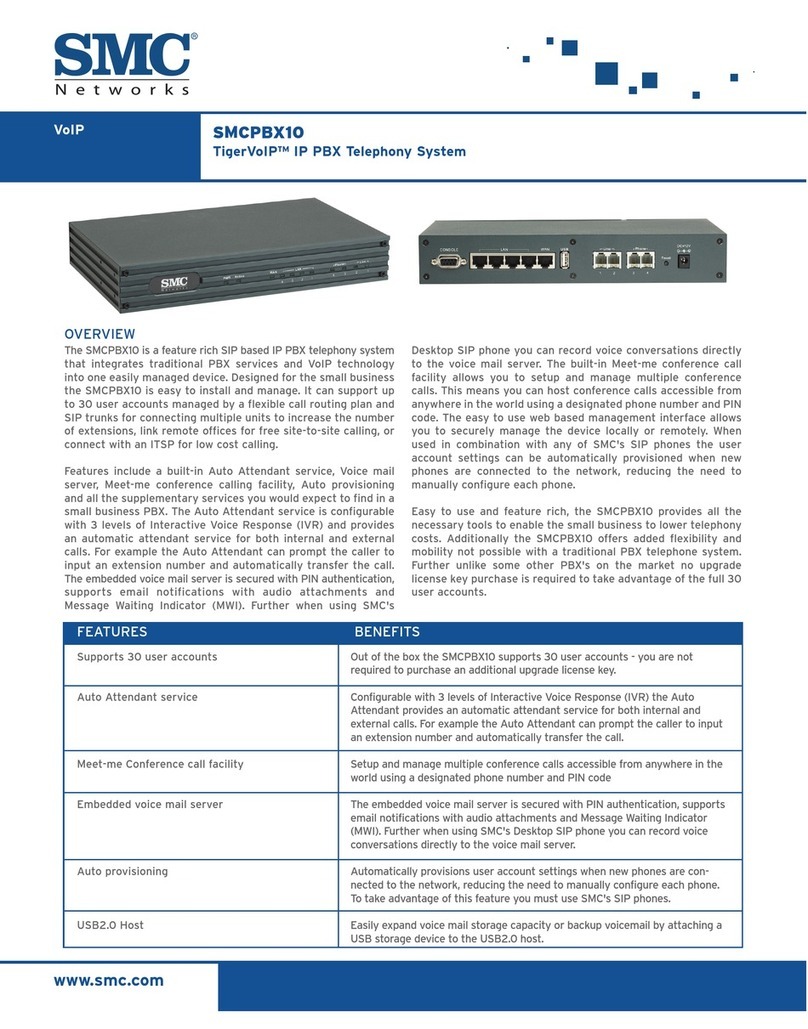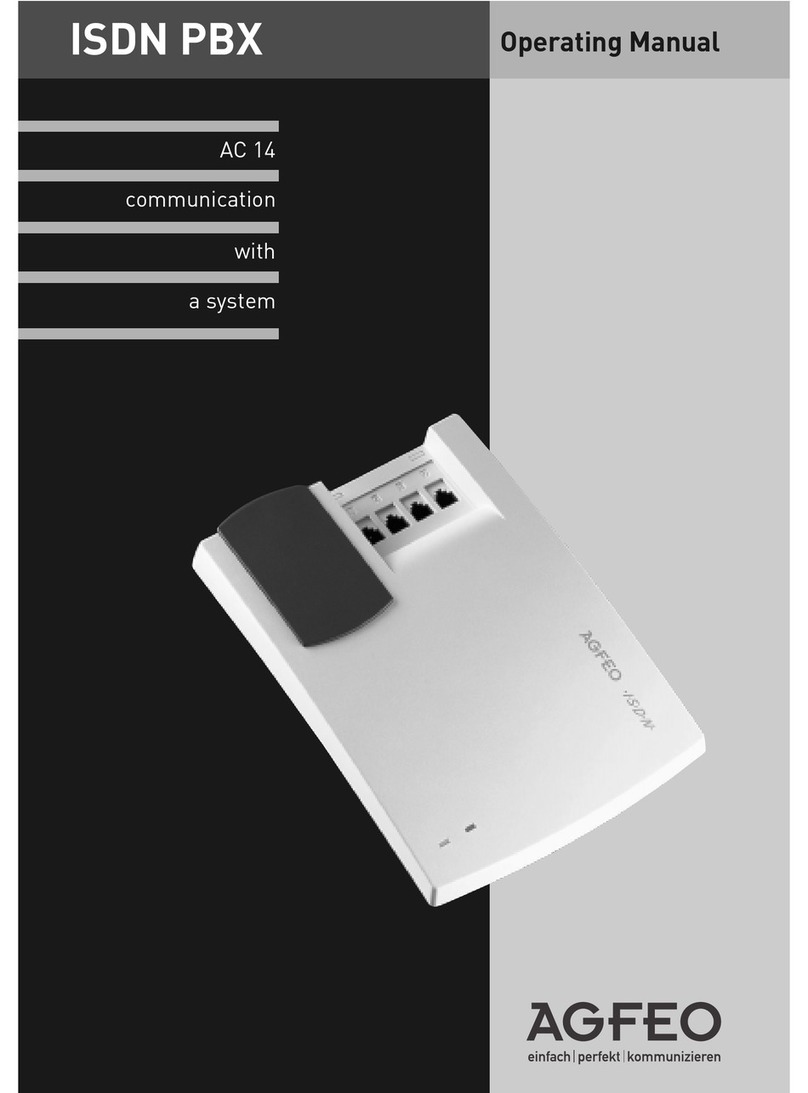iPECS SBG-1000 Quick Start Guide
Regulatory and Safety Notices
Before connecting the Smart Business gateway to the telephone network, you may be required to notify your local
serving telephone company of your intention to use "customer provided equipment.” You may further be required to
provide any or all of the following information:
PSTN line Telephone numbers to be connected to the system
Model name: Smart Business gateway
Local regulatory agency registration number: locally provided
Registered jack: RJ-45
The required regulatory agency registration number is available from your local Aria Technologies Africa
representative.
If the telephone company determines that customer provided equipment is faulty and may possibly cause harm or
interruption in service to the telephone network, it should be disconnected until repair can be affected. If this is not
done, the telephone company may temporarily disconnect your service.
The local telephone company may make changes in its communications facilities or procedures. If these changes
could reasonably be expected to affect the use of the Smart Business gateway or compatibility with the network, the
telephone company is required to give advanced written notice to the user, allowing the user to take appropriate steps
to maintain telephone service.
The Smart Business gateway complies with rules regarding radiation and radio frequency emission as defined by
local regulatory agencies. In accordance with these agencies, you may be required to provide information such as the
following to the end user:
WARNING
This equipment generates and uses R.F. energy, and if not installed and used in accordance with
the Instruction Manual, it may cause interference to radio communications. It has been tested and
found to comply with the appropriate limits for a telecommunication device. The limits are designed
to provide reasonable protection against such interference, when operated in a commercial
environment.
Operation of this equipment in a residential area could cause interference, in which case the user, at
his own expense, will be required to take whatever measures may be required to correct the
interference.
1. Radio Frequency Emissions:
FCC Compliance statement:
This device complies with Part 15 of the FCC rules. Operation is subject to the following conditions;
(1) This device may not cause harmful interference.
(2) This device may accept any interference received, including interference that may cause undesired operation.
This Equipment has been tested and found to comply with the limits for a Class B digital device, pursuant
to Part 15 of the FCC rules. These limits are designed to provide reasonable protection against harmful
interference in a residential installation. This equipment generates, uses and can radiate radio frequency
energy and, if not installed and used in accordance with the instructions, may cause harmful interference to
radio communications. However, there is no guarantee that interference will not occur in a particular
installation. If this equipment does cause harmful interference to radio or television reception, which can
be determined by turning the equipment off and on, the user is encouraged to try to correct the interference
by one of the following measures:
•Reorient or relocate the receiving antenna.
•Increase the separation between the equipment and the receiver.
•Connect the equipment into an outlet on a different circuit from that to which the receiver is connected.
If problems persist, consult the dealer or an experienced radio/TV technician for help.
